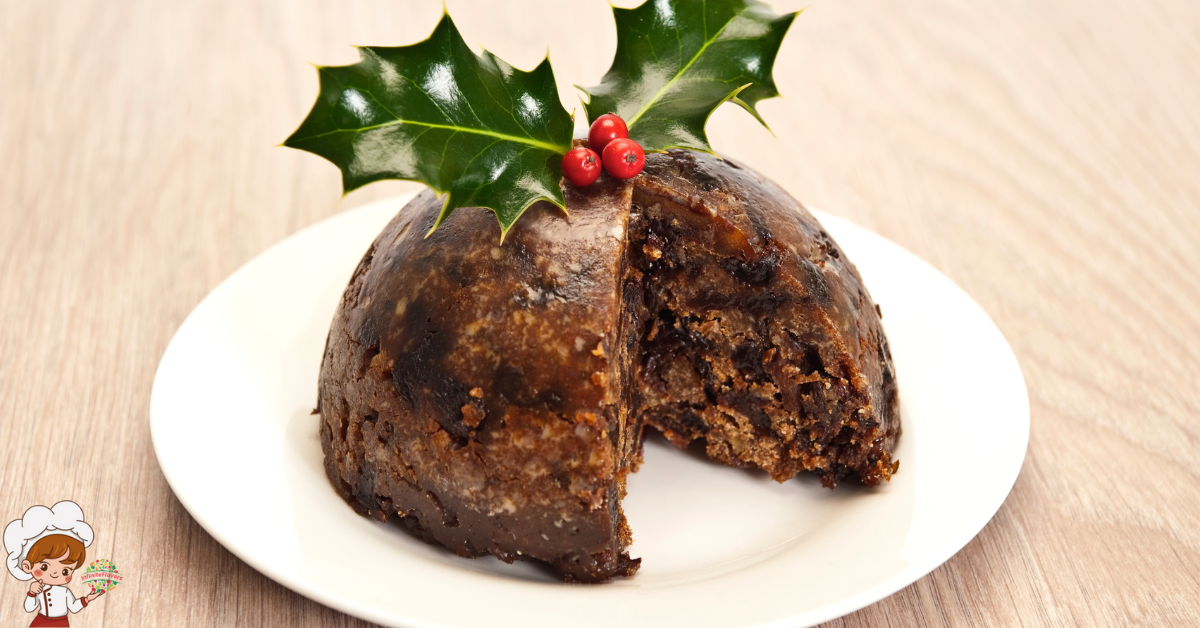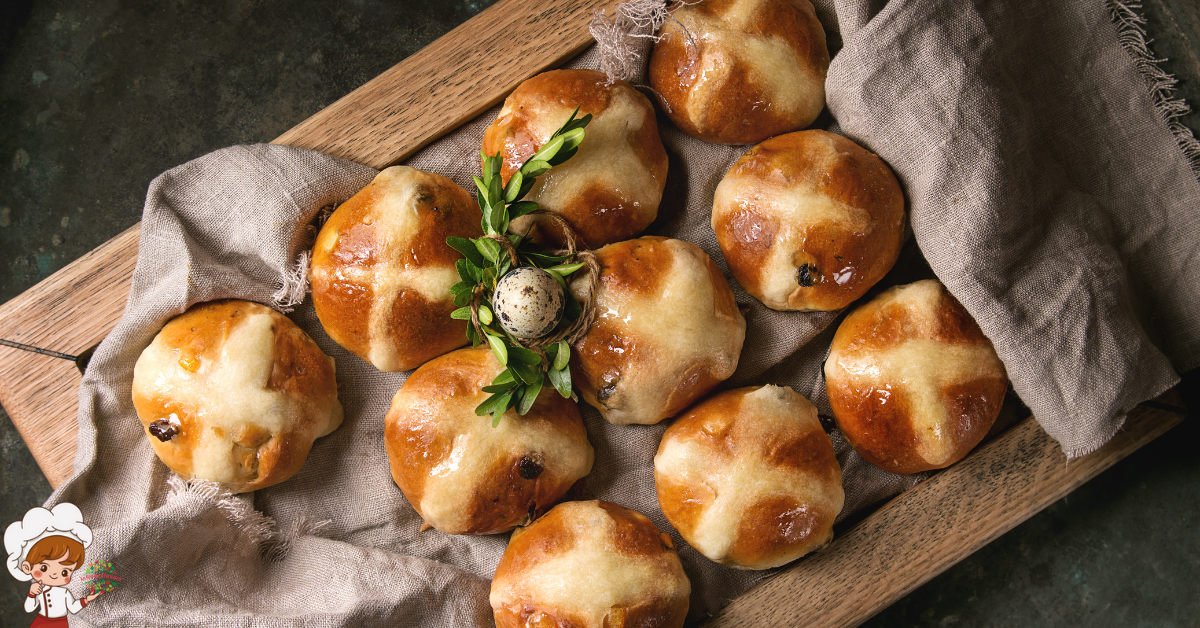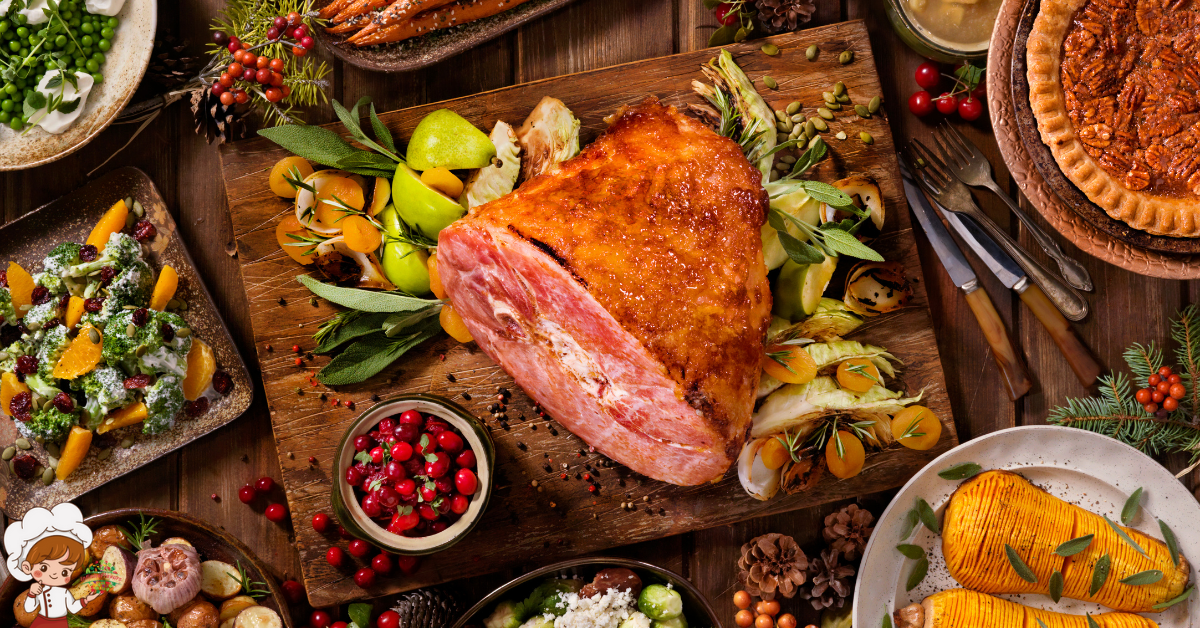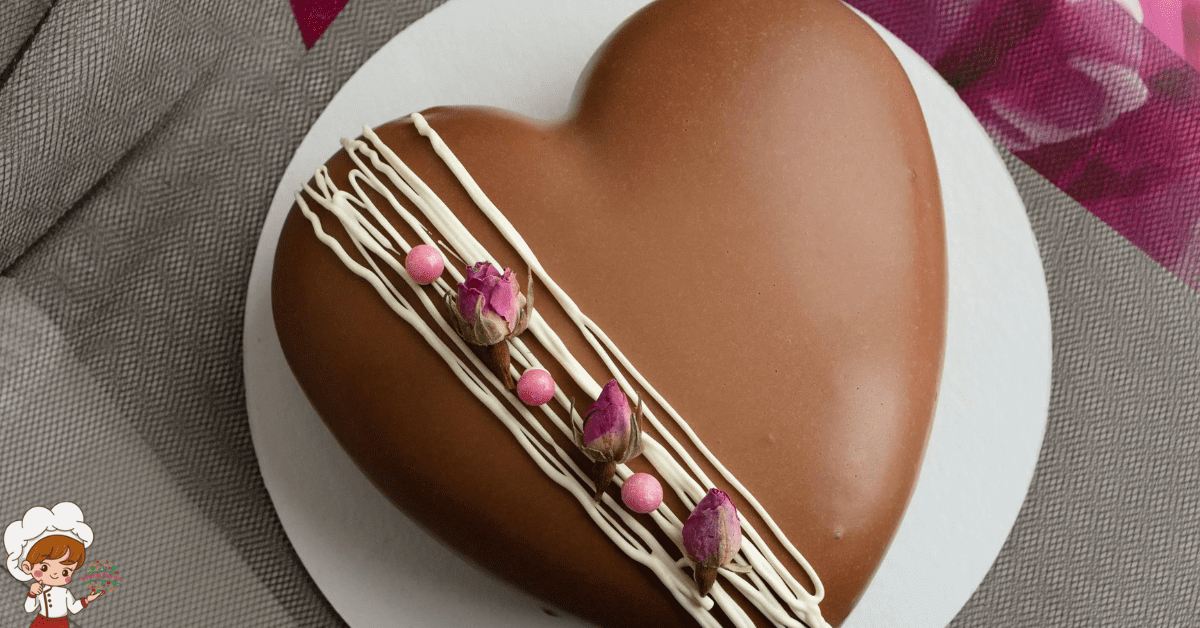Unwrapping the Tale of the Best Gingerbread Cookies: A Sweet History
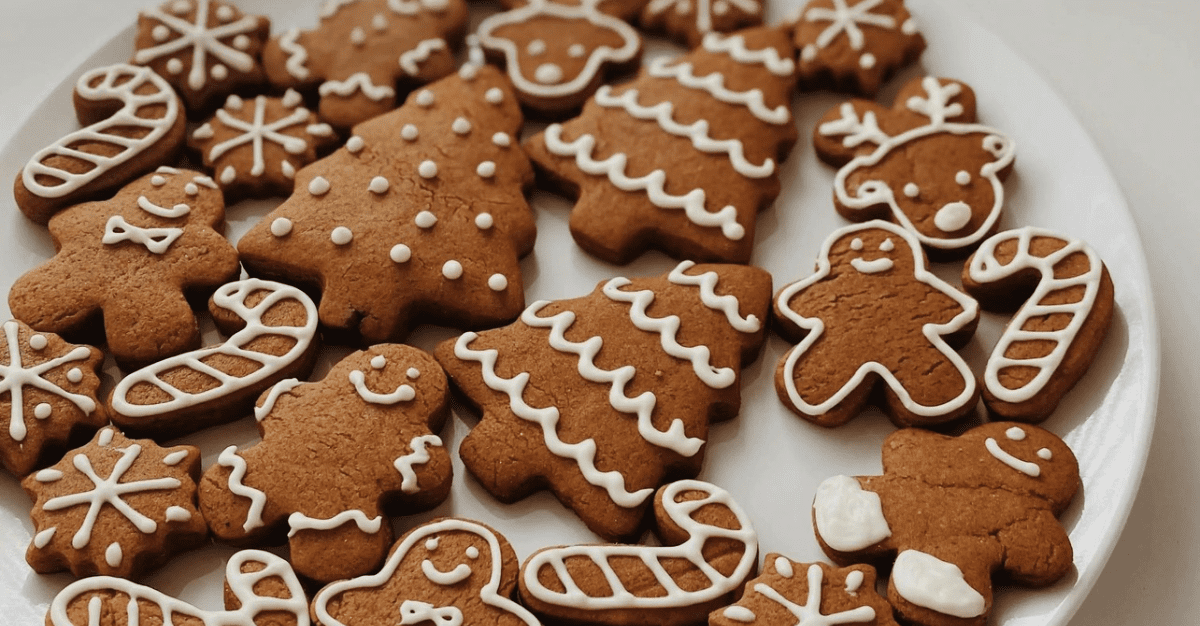
Step into the enchanting world of Gingerbread Cookies, where the warm aroma of spices dances in the air. This delightful treat has a history as rich and diverse as its flavor. Join us as we trace the origins of Gingerbread Cookies, exploring the sweet traditions that have made them a beloved part of festive celebrations.
Bake with Style—Click Here For Our Collection and Start Creating
Origins in Ancient Times: A Spiced Beginning
The captivating journey of Gingerbread Cookies finds its roots in the ancient tapestry of spice trade and culinary exploration. Venture back in time to a world where the fragrant allure of spices marked the beginning of a sweet and spiced legacy.
Ancient Spice Routes: The Culinary Treasures
In the annals of history, spice traders embarked on daring journeys along the Silk Road, introducing the world to exotic flavors like ginger and cinnamon. These prized spices became culinary treasures, adding depth and warmth to dishes. Ginger, with its distinct piquancy, emerged as a star among these botanical wonders.
Greek Pioneers: The Earliest Glimmers
Our journey takes us to ancient Greece, where early iterations of spiced cakes akin to gingerbread first emerged. The Greeks, with their penchant for culinary experimentation, combined the newfound spices with other local ingredients, setting the stage for the aromatic delights that would follow.
A Roman Influence: Sweet Beginnings
As the spice-infused recipes traveled westward, the Romans embraced and adapted them, incorporating honey and creating sweet concoctions reminiscent of gingerbread. These early versions laid the foundation for what would eventually become the beloved treat we know today.
Medieval Alchemy: Monks and Gingerbread Pioneers
Fast forward to the Middle Ages, a period characterized by the blending of diverse cultural influences. Monks in medieval Europe played a crucial role in refining gingerbread recipes. They combined spices, honey, and breadcrumbs, transforming the humble gingerbread into a more sophisticated and flavorful creation.
Trade Secrets and Cultural Exchange: Gingerbread’s Global Voyage
As gingerbread continued to evolve, its flavors and forms diversified. It became a cherished treat associated with fairs and festivals, representing the amalgamation of trade secrets and cultural exchange. The aromatic spices that once traversed the Silk Road now found a home in gingerbread, bridging continents through the simple joy of baking.
Intricate Designs and Culinary Artistry: Gingerbread’s Renaissance
The Renaissance period witnessed a surge in culinary creativity, and gingerbread emerged as a canvas for intricate designs. Bakers and confectioners displayed remarkable artistry, shaping gingerbread into elaborate forms that delighted both the eyes and the taste buds. Gingerbread became a symbol of celebration and a testament to the growing sophistication of European culinary arts.
Bake with Style—Click Here For Our Collection and Start Creating

Gingerbread Cookies Recipe
Ingredients
- 3 cups all-purpose flour
- 1 teaspoon baking powder
- 1/2 teaspoon baking soda
- 1/4 teaspoon salt
- 1 tablespoon ground ginger
- 1 1/2 teaspoons ground cinnamon
- 1/2 teaspoon ground cloves
- 1/2 cup unsalted butter softened
- 1/2 cup brown sugar packed
- 1 large egg
- 3/4 cup molasses
- 1 teaspoon vanilla extract
- Icing Optional:
- 1 cup powdered sugar
- 1-2 tablespoons milk
- 1/2 teaspoon vanilla extract
Instructions
- Preheat the Oven: Preheat your oven to 350°F (175°C) and line baking sheets with parchment paper.
- Mix Dry Ingredients: In a medium bowl, whisk together the flour, baking powder, baking soda, salt, ginger, cinnamon, and cloves. Set aside.
- Cream Butter and Sugar: In a large bowl, cream together the softened butter and brown sugar until light and fluffy.
- Add Wet Ingredients: Beat in the egg, then add the molasses and vanilla extract. Mix until well combined.
- Combine Dry and Wet Mixtures: Gradually add the dry ingredients to the wet ingredients, mixing just until the dough comes together.
- Chill the Dough: Divide the dough in half, flatten into discs, wrap in plastic, and refrigerate for at least 1 hour.
- Roll and Cut: Preheat the oven again to 350°F (175°C). On a floured surface, roll out the chilled dough to about 1/4 inch thickness. Use cookie cutters to cut out your desired shapes.
- Bake: Place the cut cookies on the prepared baking sheets. Bake for 8-10 minutes or until the edges are firm. Be cautious not to overbake for a softer cookie.
- Cool: Allow the cookies to cool on the baking sheets for a few minutes before transferring them to a wire rack to cool completely.
- Optional Icing: If desired, mix together the powdered sugar, milk, and vanilla extract to create a simple icing. Drizzle or pipe the icing onto the cooled cookies.
- Enjoy: Once the icing is set, your classic Gingerbread Cookies are ready to be enjoyed!
An Ancient Spice, A Timeless Treat
The origins of Gingerbread Cookies in ancient times paint a picture of culinary alchemy, cultural exchange, and the enduring allure of spices. As we relish the sweet and spiced notes in each bite of modern gingerbread, we are connected to a rich history that spans centuries. The journey continues, with gingerbread remaining a beloved treat that whispers tales of ancient spice routes and the transformative power of culinary exploration.
Medieval Marvels: Gingerbread’s Renaissance
During the Middle Ages, gingerbread evolved into a popular treat associated with fairs and festivals. Monks in medieval Europe are credited with perfecting gingerbread recipes, adding honey and breadcrumbs for sweetness and texture. These delectable creations soon became a symbol of celebration and were often shaped into intricate designs.
The Gingerbread Man: A Fairy Tale Icon
Gingerbread’s popularity soared with the tale of the Gingerbread Man, a beloved character in European folk stories. This cunning cookie, shaped like a little man, came to life in the oven and eluded various characters in a whimsical adventure. The tale helped cement the association of gingerbread with childhood and joy.
Holiday Traditions: Gingerbread’s Seasonal Resurgence
As the holiday season approached, gingerbread became synonymous with festive celebrations. In the 16th century, Queen Elizabeth I is credited with initiating the tradition of decorating gingerbread in elaborate shapes and gifting them to dignitaries. Gingerbread houses and ornaments became staples of Christmas festivities.
Global Influences: Gingerbread Around the World
Gingerbread’s popularity transcended borders, adapting to the unique flavors of different cultures. In Germany, intricate gingerbread houses became a Christmas tradition, while Sweden embraced pepparkakor, thin and crisp gingerbread cookies. Each country added its own twist to the timeless recipe, creating a global tapestry of ginger-spiced delights.
Modern Innovations: From Grandma’s Kitchen to Social Media Fame
In the modern era, Gingerbread Cookies have witnessed a resurgence in popularity, thanks to home bakers and social media. From classic gingerbread men to creative shapes and sizes, these cookies continue to bring joy and sweetness to kitchens around the world.
Conclusion: Gingerbread Cookies
As we savor the warm, spicy notes of Gingerbread Cookies, we taste not just a delightful treat but the culmination of centuries of tradition and creativity. From ancient spice routes to festive tables, these cookies have woven a sweet legacy that transcends time. Join us in celebrating the magic of Gingerbread Cookies—a true testament to the joy that simple ingredients and a touch of spice can bring to our lives.



